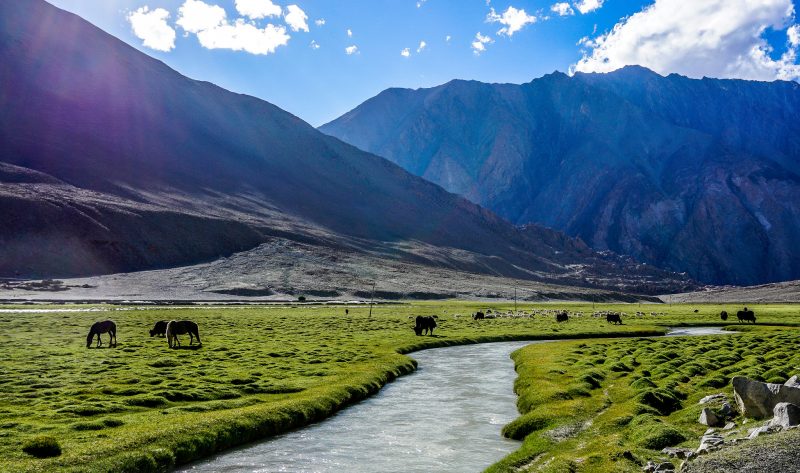
Climate change is a major environmental threat that humanity is facing today. Until recently, greater focus was placed on mitigation efforts to reduce emissions to limit warming. However, there is a growing realization that even the most stringent mitigation measures cannot limit the future impact and, therefore, climate change adaptation is now emerging as a priority.
Understanding the factors that influence the adaptive decisions and behavior at the individual level and how perception varies within a group will help to effectively respond to the growing challenges of climate change. Perception of climate change is identified as the precursor to adaptive action, therefore contentious efforts to analyze perception and how it differs among members of a vulnerable population warrants attention.
Our study aims to understand the perception of different farmers to not only the changes in climatic variables (temperature and precipitation) but also the impacts of climate change. The study is guided by the theory that the way people perceive changes will, directly and indirectly, influence how they might respond to them. Systematically analyzing the differences in perception, which is the precursor for adaptive action, is necessary for making targeted policy interventions for fostering adaptive capacity in the farmers. The study is based on farmers of Uttarakhand, a state in the Indian Western Himalayas. Unless we examine how different farmer types perceive climate change processes and its impacts, we will be unable to gain insight into locally-differentiated concerns in farming communities.
The study highlights that the perception of farmers to changes in climatic variables such as precipitation and temperature is consistent among farmers. Given the rain-fed nature of farming in the study villages, the changes in timing and intensity of rainfall, both in monsoon and winter season, was strongly observed and vividly reported by all farmers. However, variation in the perception of climate change impacts exists within the farming communities. As the impacts are to be translated by the respective socio-economic status (occupation, land holding, agriculture farm size, and infrastructure, etc.) of the farmers in spite of the fact that they all reside in the same area.
Impacts of climate change arrive on a highly diverse social landscape of Himalayan farming communities with different resource endowment and access. Differences in resource endowment is a resultant of differential livelihood capital base formed by human, physical, natural, social, and financial capitals, whereas the differences in production orientation seem to emanate from the intervention of external factors such as market availability, extension, and training facilities.
The results of the study highlight that the perception of farmers on the impacts of climate change is mediated by their household resource base and production orientation for agriculture. We reiterate the need for the adaptation policies to be nuanced for the diversity within farming communities so as to not reinforce the existing structural inequality (based on caste, tenancy, and wealth). The study will serve as a guide for inclusive adaption planning in the Himalayan region.
These findings are described in the article entitled Climate change perception: an analysis of climate change and risk perceptions among farmer types of Indian Western Himalayas recently published in the journal Climatic Change. This work was mainly conducted by Roopam Shukla, Department of Natural Resources, TERI School of Advanced Studies and Ankit Agarwal, Potsdam Institute for Climate Impact Research.









